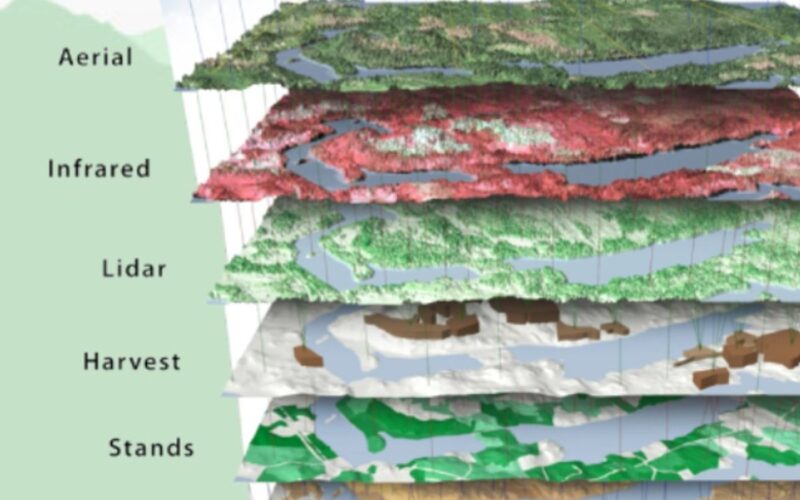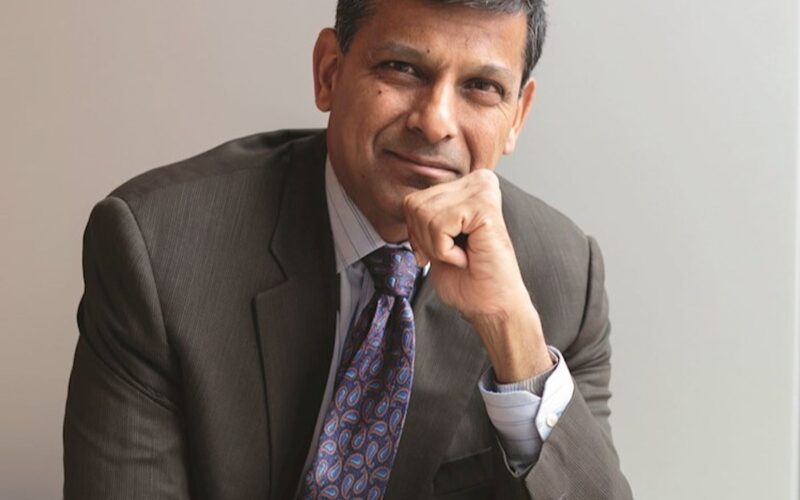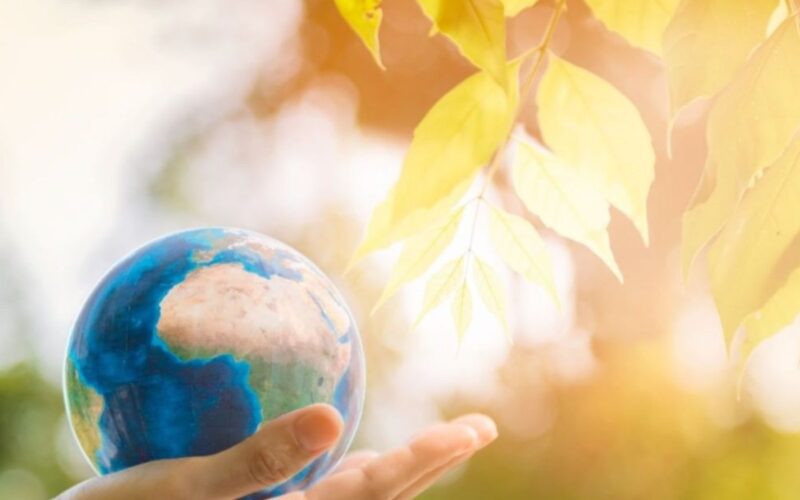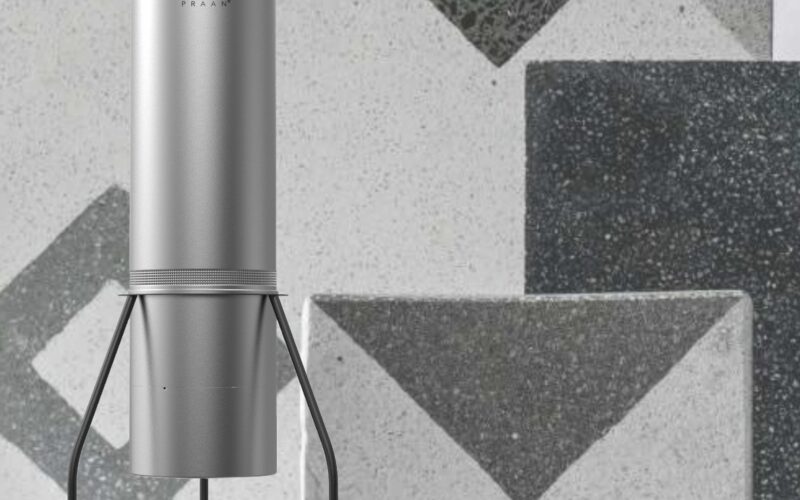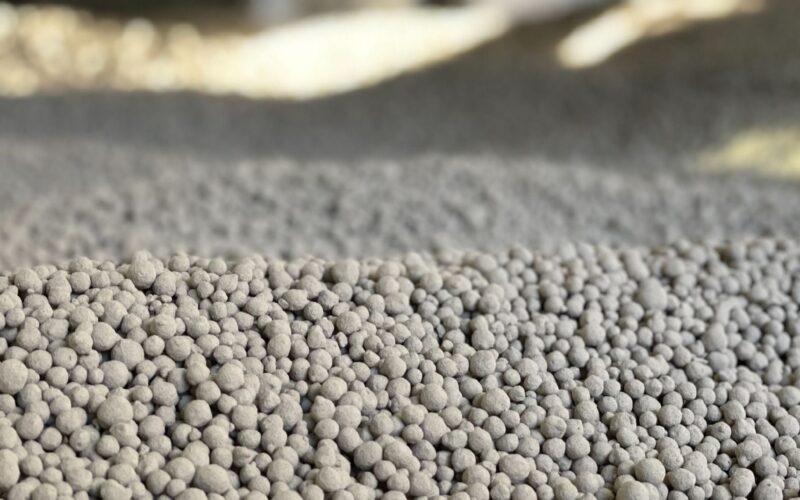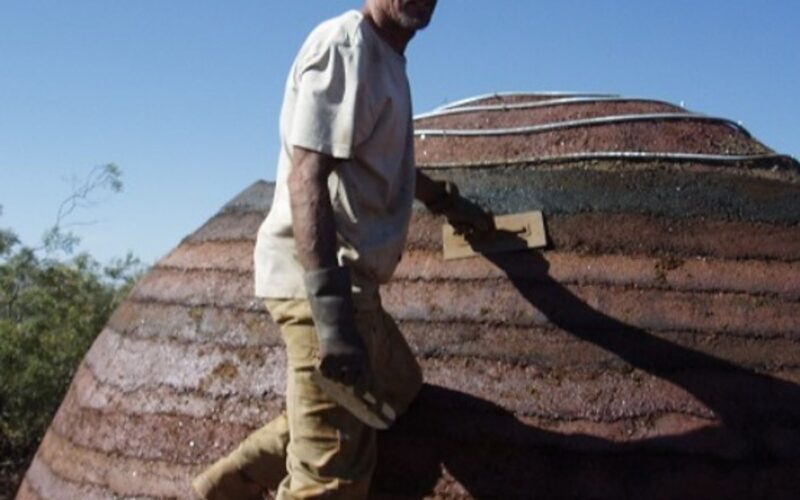117: Collective Crunch – AI Leader in Forestry
How do we know what forest comprises and value them? Presently the forests are inventoried using on the ground foresters data collected by them in 3-5 year cycles.This data collection is costly and often outdated with a large margin of error. Data is also collected by one – off scans, LIDAR and drones can be quickly outdated or has limited accuracy. Relying on conventional methods can lead to large errors in forest valuation, as these methods can be up to 60% inaccurate.
In this episode we talk with Rolf Schmitz, Co – CEO of Collective Crunch – AI Leader in Forestry. CollectiveCrunch originated from the idea that we could make a difference by combining climate and geo data with state-of-the-art analytics to develop new insights.Their mission is to change the world’s understanding of forests by providing the most accurate, scalable, timely analytics globally and enabling sustainable forestry and bring transparency to carbon trading markets. As we know Carbon trading essentially involves using carbon reductions in another activity to offset a company’s own emissions. Forestry is a popular and efficient method of capturing carbon and extracting carbon from the atmosphere. By applying the solutions offered by collective crunch to forests, gives companies upto date and accurate insights into their carbon stocks. Their tool Linda Planet makes carbon analytics transparent and provides you with up-to-date carbon inventories, giving corporate carbon investors the tool they need to enable investment on the scale required in order to mitigate the climate risks we are facing. Learn more how AI can be used to help us accurately buy carbon offsets in this episode.
https://www.collectivecrunch.com/
https://mindfulbusinessespodcast.com/



